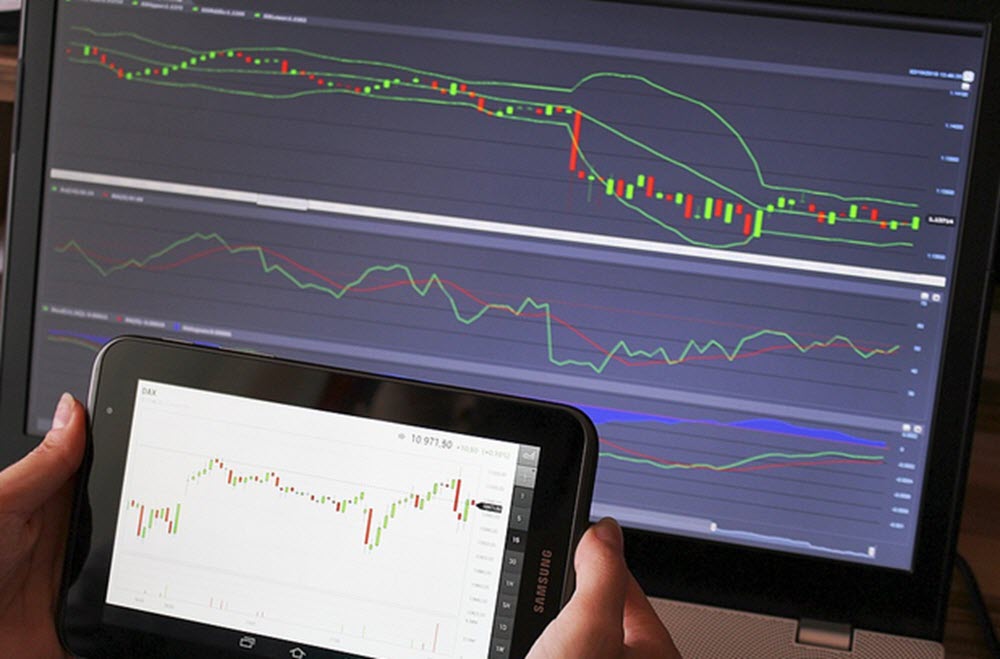Knowing where you will (or want to) end up will often help you get there. Committing to analyze your trading performance at the end of each day, week, month and year is likely to bring about changes now that you’ll end up seeing in those results. Knowing that you’re tracking your trading statistics is also more likely to make you treat trading like a real business…not just a hobby you throw money at every once in a while.
Keep the following stats daily if you are a day trader. If you are a swing trader, then try for once a week or month based on how many trades you are doing. All traders should also do a year end “inventory” of how they did over the last year. This may include going through all the results and seeing areas of weakness and strength.
Many trading platforms can easily provide you with all these statistics. Despite this, make an effort to track it yourself in an Excel spreadsheet as well; it is more personal and forces you to punch in your numbers and reflect on your performance at the end of the each trading day.
Number of Trades
Simple, but is the basis for many other calculations. Also, at the end the year you can add up all your transactions and show it to your broker–who made money off those transactions. By providing some solid numbers you have some information to potentially negotiate better commissions or terms with your broker.
Win/Loss Ratio
Of the trades made, how many were winners and who many were losers? If you made 4 trades today, and 3 were winners and one was a loser your Win/Loss Ratio is 75%. If you only won 1 and lost 3 your W/L Ratio is 25%. I personally count flat trades (no profit or loss) as losers. Typically you want your W/L percentage to be above 50%. If it isn’t you need to make sure that your winning trades are larger than your losing ones, otherwise you’ll consistently be in negative territory.
Average Win & Average Loss
Your average win is simply the amount you won on the day, divided by the number of winning trades on the day. For example, say you make 24 pips in the forex market over 3 winning trades. The average win is 24/3=8 pips per winning trade.
The average loss works the same way. Take the amount you lost and divide it by the number of losing trades. Say you have 2 losing trades and lost a total of 8 pips on those trades, then your average loss is 8/2=4 pips per losing trade.
Your average win should be bigger than your average loss. If it isn’t you’ll need a high Win/Loss Ratio to be consistently profitable.
Net Profit
Ideally this should be expressed as pips in forex, points in futures or cents in stocks. If these aren’t applicable then the actual dollar figure which is netted (total wins minus total losses) is fine. While this figure tells you each day whether you made a profit or not–and is the metric traders care most about–focusing on the other statistics will help improve this one.
Pulling it Together
These are not the only performance metrics, and traders often monitor more. But tracking these is a good starting point.
If you aren’t making a net profit, look to the Win/Loss Ratio and Average Win & Average Loss metrics for some clues. On a daily basis this isn’t a big deal, bad days and losing days happen. But after a month of trading if you are down (Net Profit negative), it is quite likely either your Win/Loss Ratio is low (below 50%) or your Average Loss is equal to or greater than your Average Win. It could potentially be both of these issues.
If your Average Wins are way bigger than your Average Losses than you can get away with a lower Win/Loss Ratio.
If your Win/Loss Ratio is the issue, look at where you are entering and exiting, and see if there is a way to alter your triggers slightly to get in and out at more favorable spots.
If your average loss is bigger than your average win, you need to let profits run more, cut your losses off earlier, or increase your win rate (win/loss ratio) in order to be net profitable. With binary options, increasing the Win/Loss Ratio is often the only solution since the win and loss percentages are determined by the binary broker at the outset of each binary trade.
This article was last updated on: August 8, 2023






